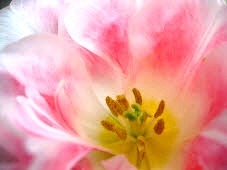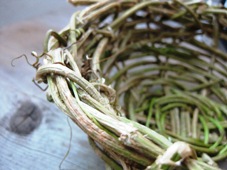Care and artistry are worth the trouble. They can be a satisfaction to the practitioner and a joy to all beholders.
-Helen Nearing
***
In early August of last year I visited Forest Farm with my family on a special trip to Maine, and it was one of the top highlights of the entire trip. What a special place; I didn’t want to leave. Forest Farm was the entirely hand-built homestead of Helen and Scott Nearing, authors of many books including the classics Living the Good Life: How to Live Sanely and Simply in a Troubled World and its sequel Continuing the Good Life: Half a Century of Homesteading. (Still relevant! The value of old books… see previous post.) My copy of Living the Good Life came down to me via my dad, from his mother many years ago. Growing up, his family would take beloved summer vacations to isolated Harborside, Maine and they would hear about the “commie” Nearings who lived nearby. Helen and Scott’s door was always open to those interested in observing, helping, and learning, and Forest Farm still welcomes visitors as The Good Life Center, carrying on the Nearings’ tradition of sharing and showing.
I took many photos! Are you ready for a visit?
***
Driving to The Good Life Center through tiny Harborside:
Arriving at the Nearings’ driveway. It was a peaceful, hot, still, muggy afternoon here.
It was very quiet; bees buzzing, small waves lapping the shore in the cove across the street. A few other visitors sifted through while we were there. You just park and amble in. Very laid back, you’re welcome to wander and stay as long as you like, soaking it all in.
This is the caretakers’ cottage over the summer:
Helen and Scott’s beautiful hand-built stone house:
Here is a photo of Helen doing the stonework:
Let’s go in. Here’s their kitchen — an airy, light-filled, feel-good space:
Those were the beautiful bowls and spoons they used.
Here’s their kitchen as it was:
Now we walk into the living room, with a cozy wood-burning stove, book shelves lining the walls, and a wonderful view of the surrounding forest and out to their cove:
Here’s more of the house; this area is used as the little bookshop now. Visitors aren’t allowed upstairs to the bedroom but you can peek up the stairwell:
Let’s go out to the garden and greenhouse now. There’s a little apple orchard in the protected area between the house and the walled garden:
Here’s that lovely walled vegetable garden:
Behind the greenhouse:
Overlooking the walled garden toward the house and greenhouse:
Compost piles on the left, outside the garden:
The rest of the land is forested. There are some walking trails you can take through tall trees, ferns, tall grasses, and dappled shade.
Here’s their cove across the street:
And here’s the mission statement of The Good Life Center:
That concludes our visit to Forest Farm. I hope you enjoyed it!
***
Just up the road is Four Season Farm, owned by Eliot Coleman and Barbara Damrosch — names you might recognize if you’re a gardener. The land was once part of the Nearings’.
*****





























































































